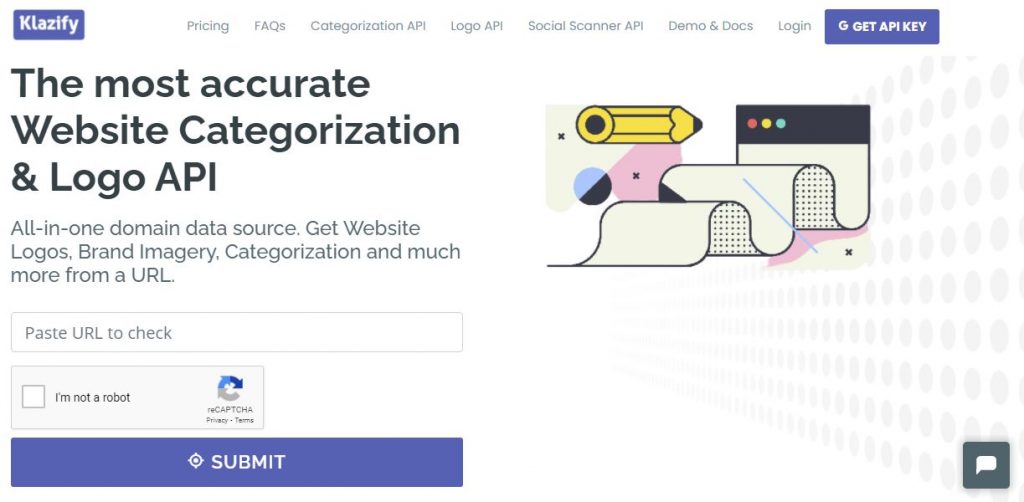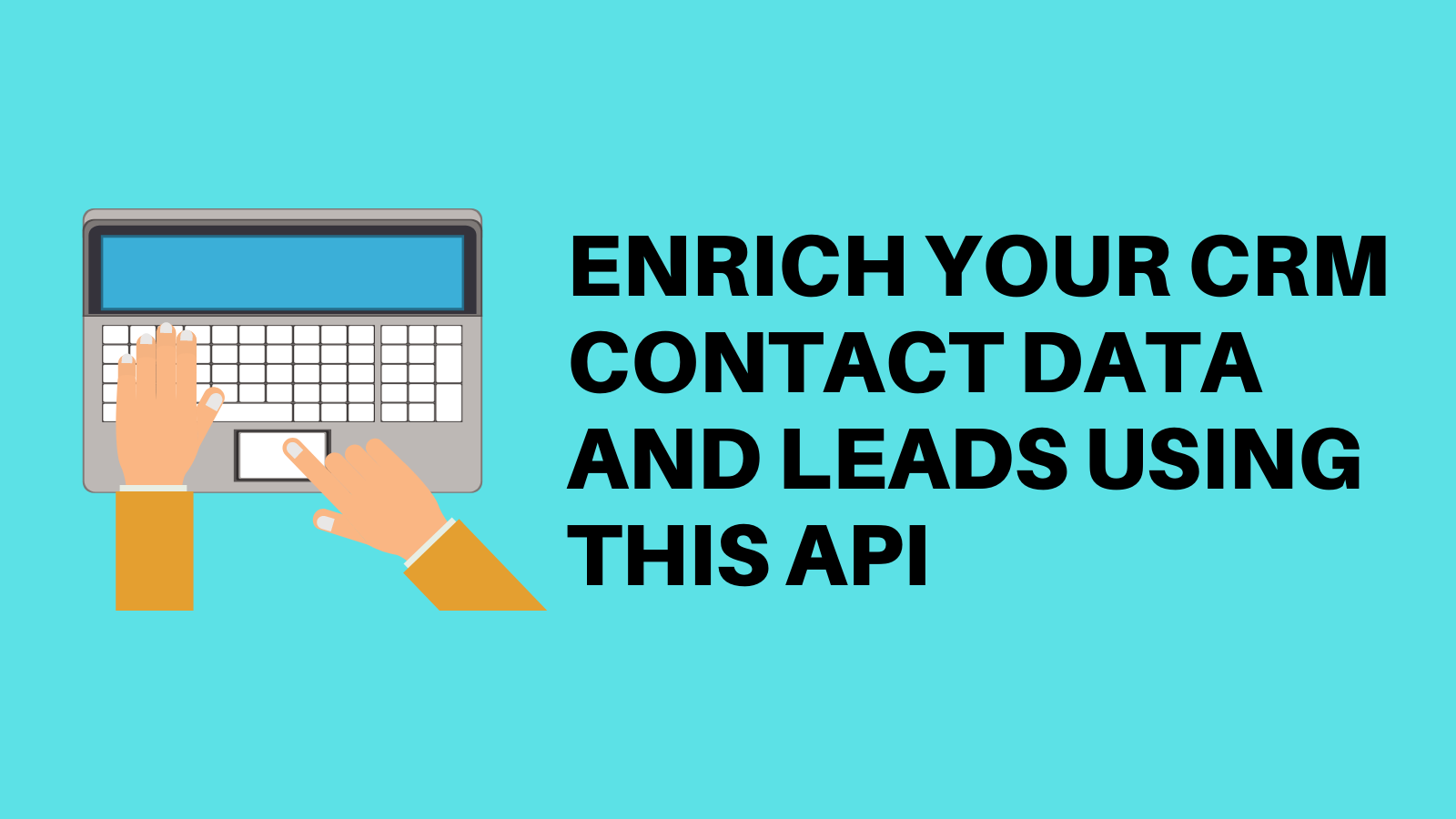Do you wish to enrich your CRM contact data and leads? Then use an API!
Your contact information is gold: treasured clients, dynamite leads, and all the details on who buys what and when. However, names and addresses are present, as are sales records, and customer service information is located elsewhere.
With a single search engine, you may access all of the information you need from the OpenBOX Technologies CRM customer contact database. This search engine not only searches for contacts, but also communicates with sales, service, and other departments. If that sounds appealing, a client contact database is for you.

The primary objective of your contact list is to provide information about your products. You may wish to alert your valued customers when a new product is available, when their purchases have been dispatched, or when the status of their customer care requests has been determined. All of this is handled automatically by customer contact database software. Set it up to deliver newsletters, reminders, follow-ups, and more.
Apart from that, lead data is any information that provides an understanding of who your leads are. Gathering this information gives you the background you need to fully grasp their pain points and ambitions, as well as their current demands and how your solution may address them.
There are various methods for acquiring CRM contact and lead data, but the most customer-centric systems allow prospects to offer their information proactively to your firm. The actual challenge, though, should be how to enrich that data. For example, suppose you place a form on your website and request information from the user. Then, that information may provide you with an infinite amount of information on your clientele. But how does that work?
The most typical approach to accomplish this is to use an API. An Application Programming Interface (API) is a communication interface that connects and allows two computers or programs to interact. It collects the information you asked and returns it to you.
How To Use An API
The quantity of APIs available online for a range of applications may surprise you. These are seen on many of the websites we visit on a regular basis. However, not all of them can give you with the possibility to enrich lead data, so be careful which one you choose to prevent losing time and money.
We will use Klazify, which is currently one of the most popular and widely used APIs, to aid you with this and to continue teaching this to you. This tool detects online information using Natural Language Processing (NLP) and a Machine Learning Engine to evaluate a website’s content and meta tags.

To obtain the data, you must first complete the following steps:
- Sign up for an API key at www.klazify.com.
- Find and copy any domain or email address you want to categorise in the given section. Once you’ve confirmed that you’re not a robot, submit it.
- You will then receive the API response in one or more programming languages.
- Find and save the desired outcome. You can then utilize it anyway you see fit.
You may access a lot of personal information about a client simply by utilizing their website’s URL or their personal email address. It’s as easy as that, and you can utilize this data to optimize your workflow and get better outcomes with every decision you make.
About This Software
Klazify is a search engine that categorizes websites and companies based on their area of expertise. The objective of this API is to identify, compare, and categorize the greatest websites on the internet (up to 3 levels). Their search engine employs deep learning algorithms, which are not only more accurate than traditional classifiers, but also more robust, allowing us to deal with inaccurate input data. Our API calculates the confidence level, which shows Klazify’s level of trust in the classification. It can range between 0 and 1, with 1 indicating complete certainty and 0 indicating complete ambiguity.
Using the IAB V2 Standard Classification taxonomy, this API connects to a specific site or URL, gets data, and then categorizes it into over 385 separate categories for one-to-one customisation. Customers may simply deliver services such as Internet filtering, subscriber statistics, advertising networks, and fraud prevention thanks to Klazify’s domain categorization.

